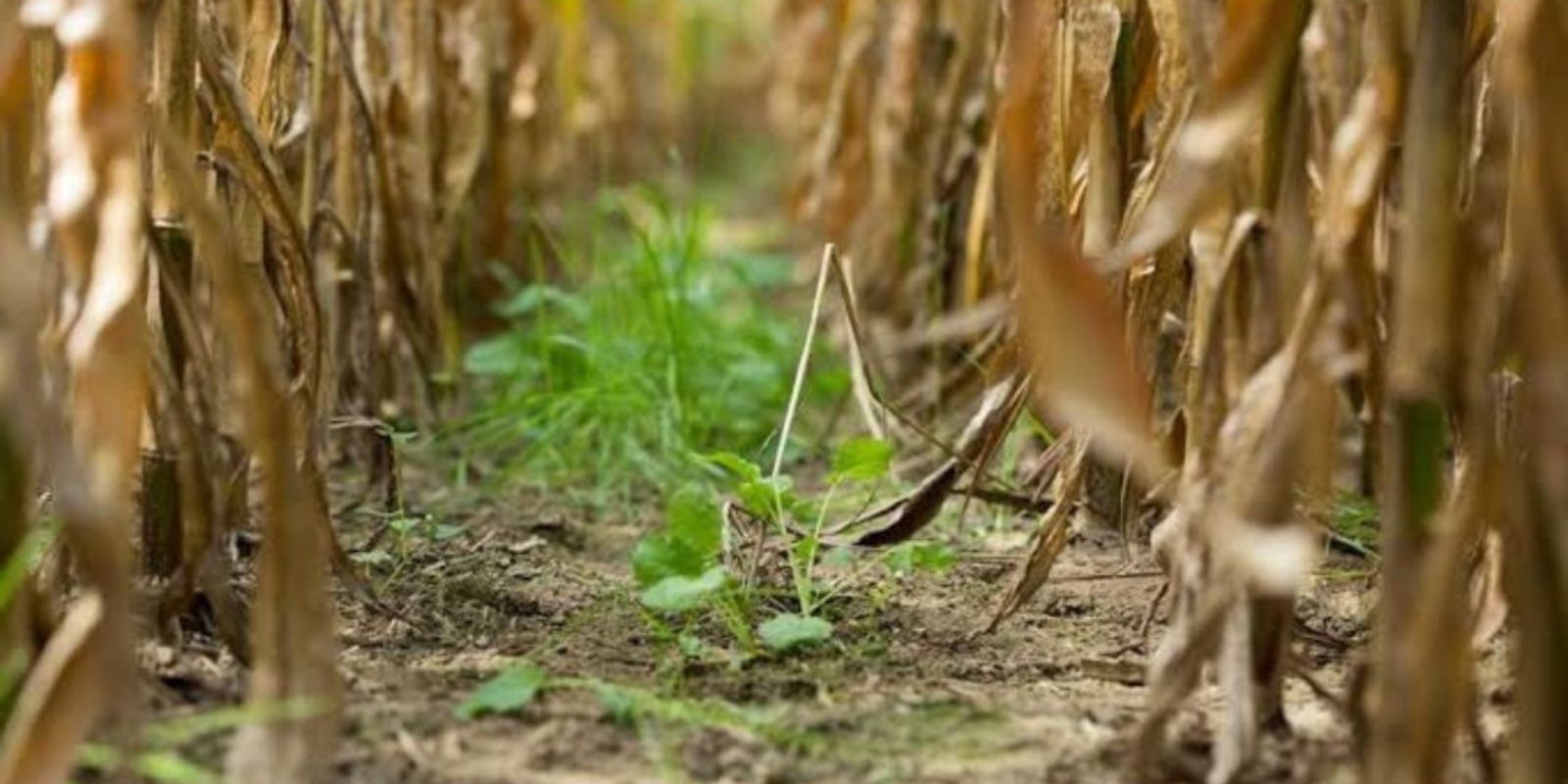The cultivation method known as “The Three Sisters” is an ancient agricultural practice with roots in Native American traditions. It is a beautiful example of harmony between nature and farming, a system that combines corn, beans, and squash in a mutually beneficial partnership. This innovative yet straightforward approach optimizes land use, enhances soil fertility, and yields nutritious crops. In this article, we’ll delve into the origins, science, and practical application of The Three Sisters technique, exploring why it’s still relevant in modern gardening.
The Origins of The Three Sisters
The practice of planting corn, beans, and squash together originated with Indigenous peoples in North America. The name “Three Sisters” reflects the plants’ interconnected nature and the nurturing relationship they share. Each crop complements the others, creating a self-sustaining micro-ecosystem that requires minimal external inputs.
This technique was a cornerstone of Native American agriculture, particularly among the Haudenosaunee (Iroquois) and other tribes. It exemplifies their deep understanding of ecological balance and respect for the land.
The Science Behind The Three Sisters
The success of this method lies in the unique characteristics of each plant:
- Corn (Maize)
- Role: Provides structure.
- As a tall, sturdy crop, corn acts as a natural trellis for beans to climb, eliminating the need for additional support structures.
- Beans
- Role: Fixes nitrogen.
- Beans are legumes, which means they enrich the soil by fixing atmospheric nitrogen into a form plants can absorb. This natural fertilization benefits both the corn and squash.
- Squash
- Role: Covers the soil.
- Squash has broad, sprawling leaves that shade the ground, suppressing weeds and retaining soil moisture. Its presence reduces evaporation, ensuring the crops stay hydrated for longer.
Together, these plants create a sustainable, symbiotic relationship that boosts productivity while conserving resources.
How to Plant The Three Sisters
If you’re inspired to try this method in your garden, here’s a step-by-step guide:
1. Choose the Right Location
Select a sunny spot with fertile, well-draining soil. These crops thrive in full sunlight, so ensure the area receives at least 6-8 hours of sunlight daily.
2. Prepare the Soil
Amend the soil with compost or organic matter to provide a rich foundation. This initial preparation will give your plants a strong start.
3. Plant Corn First
Create small mounds about 12 inches wide and 4-6 inches high. In each mound, plant 4-6 corn seeds, spacing them evenly. Corn is the first crop to go into the ground, as it needs to establish itself before the beans are introduced.
4. Add Beans
Once the corn reaches about 6 inches in height, plant 4-6 bean seeds around each mound. Space them a few inches away from the corn stalks to allow room for climbing.
5. Sow Squash
Around the perimeter of each mound, plant 3-4 squash seeds. Position them so the vines can spread outward, covering the ground without crowding the corn and beans.
6. Care and Maintenance
- Watering: Keep the soil consistently moist, but avoid overwatering to prevent root rot.
- Weeding: Minimal weeding is needed, as squash leaves will naturally suppress weed growth.
- Rotation: If possible, rotate crops annually to maintain soil health.
The Benefits of The Three Sisters
The beauty of this technique lies in its simplicity and sustainability. Here are some of its key advantages:
1. Increased Yield
By planting three crops in the same space, you maximize land use and enjoy a diverse harvest.
2. Improved Soil Health
Beans enrich the soil with nitrogen, reducing the need for chemical fertilizers. Additionally, squash prevents soil erosion with its ground-covering vines.
3. Natural Pest Control
The dense foliage of squash deters pests, while the combination of crops confuses harmful insects that target monocultures.
4. Water Conservation
Squash leaves reduce evaporation, helping retain moisture in the soil. This feature is particularly valuable in drought-prone areas.
5. Nutrition
The Three Sisters provide a well-rounded diet. Corn offers carbohydrates, beans provide protein, and squash contributes vitamins and minerals.
Adapting The Three Sisters to Modern Gardens
Although traditionally used in larger agricultural settings, The Three Sisters can be adapted to suit smaller home gardens and even urban environments. Here’s how:
1. Raised Beds
If space is limited, you can plant The Three Sisters in a raised bed. Ensure the bed is deep enough for root development and wide enough to accommodate all three crops.
2. Containers
For urban gardeners, large pots or containers can replicate the mound structure. Use trellises to support climbing beans if corn cannot grow tall enough.
3. Companion Planting Variations
Experiment with other companion plants that work well with The Three Sisters. For example, sunflowers can replace corn in some cases, and herbs like marigolds can be added to deter pests.
Common Mistakes to Avoid
To ensure a successful harvest, steer clear of these pitfalls:
- Planting Too Closely
Overcrowding can lead to competition for nutrients and sunlight. Maintain proper spacing between mounds. - Skipping Soil Preparation
Poor soil quality will undermine the benefits of this technique. Always enrich the soil before planting. - Overwatering or Underwatering
Striking the right balance is crucial. Too much water can rot the roots, while too little can stress the plants.
A Timeless Technique for a Sustainable Future
The Three Sisters technique is more than just a method of cultivation; it’s a testament to the wisdom of Indigenous peoples and their understanding of ecological balance. By embracing this practice, modern gardeners can create thriving, sustainable gardens that honor tradition and benefit the environment.
Are you ready to try The Three Sisters in your garden? Share your journey and tips in the comments below! 🌽🌱✨
#TheThreeSisters #SustainableFarming #GrowYourOwnFood #GardenWisdom

